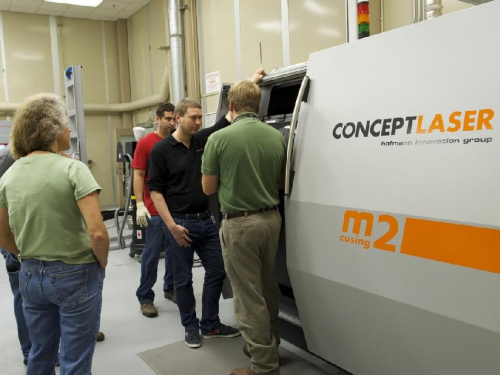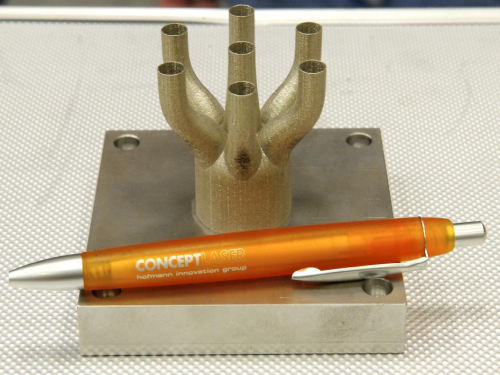

The Space Launch System or SLS rocket is designed to take humans, equipment and experiments beyond low Earth orbit to nearby asteroids and eventually to Mars. NASA says that using this technique will help save millions in manufacturing costs.
Ken Cooper, advanced manufacturing team lead at the Marshall Center, explains how the SLM process works. "Basically, this machine takes metal powder and uses a high-energy laser to melt it in a designed pattern. The laser will layer the melted dust to fuse whatever part we need from the ground up, creating intricate designs. The process produces parts with complex geometries and precise mechanical properties from a three-dimensional computer-aided design."
According to NASA, this process significantly reduces the manufacturing time required to produce parts from months to weeks, or even days, in some cases," noted Andy Hardin, the integration hardware lead for the Engines Office in SLS. "It's a significant improvement in affordability, saving both time and money. Also, since we're not welding parts together, the parts are structurally stronger and more reliable, which creates an overall safer vehicle."
Some of the new engine parts will be structurally tested and used in hot-fire tests of a J-2X engine later this year. The J-2X will be used as the upper stage engine for the SLS. The goal, according to NASA, is to use selective laser melting to manufacture parts on the first SLS test flight in 2017.
Like to subscribe to the Metal Powder Report e-newsletter? Click here!




